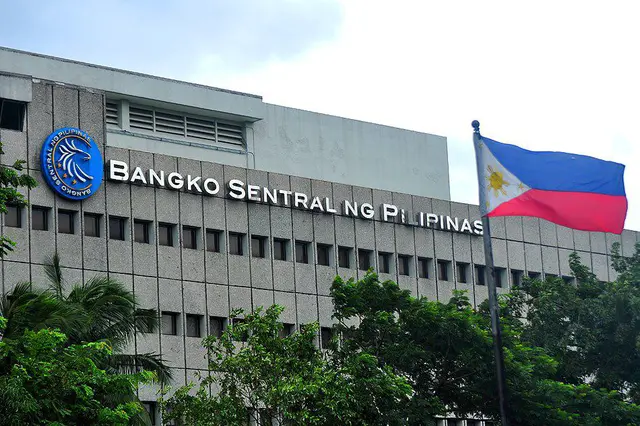By APD writer Melo M. Acuna
MANILA, Jan.16 (APD) -- The Bangko Sentral ng Pilipinas said the country’s banking system remains strong and stable.
The statement released Wednesday afternoon came after reports of Korean company Hanjin’s plight in Central Luzon region.
The BSP said over the past 20 years, they have been implementing strategic reforms that “have resulted in higher capitalization and stronger risk management systems to manage potential threats.”
It said the total assets of the country’s banking system continue to grow, “expanding by 11.0 percent in 2018, the bulk of which have been largely channeled to production loans.”
It added the increase in the loan portfolio is supported by sound credit risk management (CRM) consistent with the comprehensive guidelines on CRM issued in October 2014.
The CRM guidelines require banks to set aside allowance for expected credit losses, promoting them to be cognizant of potential losses in their loan portfolio even at an early stage. Compliance with the guidelines resulted in strong asset quality as indicated by the decline in banks’ non-performing loans (NPLs) ratio to 1.83 percent while loan loss provisioning exceeding 100 percent as of end-October 2018.
The latest data, according to the BSP statement show that the local banking industry is well-capitalized, with a Capital Adequacy Ratio (CAR) of 15.36 percent as of September 2018 which is well above the international standard of 8.0 percent and the BSP’s regulatory requirement of 10.0 percent.
“With more than adequate capital base, the banking system continues to post strong core earnings,” the statement added as shown that as of end-September 2018, the banking system’s net profit grew by 5.8 percent compared to the previous year’s level. The industry remains liquid as the liquidity coverage ratio of universal and commercial banks stood at 157.6 percent on solo basis as of end-September 2018 which is well above the current regulatory threshold of 100.0 percent.
With robust capitalization and sufficient liquidity buffer, the Philippine banking system is described as “well-positioned” to manage about US$400 million in loan exposure to Hanjin Heavy Industries and Construction Philippines. The loan exposure represents only 0.24 percent of total loans of the banking system and 2.49 percent of the foreign currency loans of Foreign Currency Deposits Units. According to the results of the BSP’s stress-testing exercise, “an assumed write-off of the loan exposures to Hanjin will have minimal impact on the industry’s CAR.”
As the BSP has its supervisory process, it has required banks to stress test their own loan portfolios and in this respect, “banks should have the capability to promptly address threats and stress scenarios.”
According to the latest available data, the Bangko Sentral ng Pilipinas remains confident about the local banks’ ability to manage this specific challenge. It said these banks are equipped to handle the negotiations required to complete Hanjin’s corporate restructuring while remaining compliant with prudential regulations.
“As the banking regulator, the BSP shall continue to remain vigilant in monitoring the actions taken by the banks and ensure the orderly resolution of the Hanjin case,” the BSP statement concluded.
(ASIA PACIFIC DAILY)
 简体中文
简体中文

